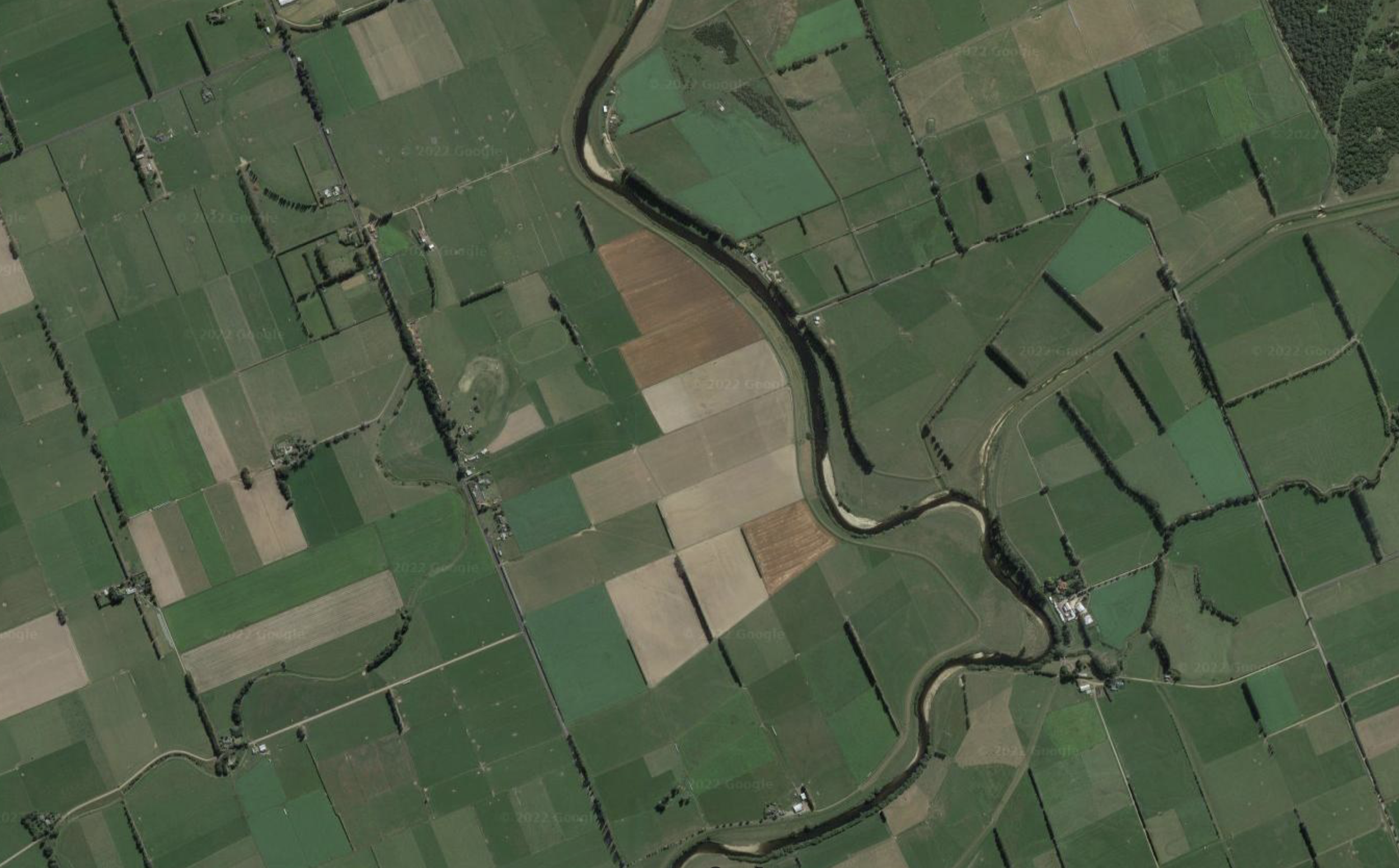it was dark brown and deep at corners where cattle graze - JAMES K BAXTER
TAIERI WETLANDS
Settler colonialism has decimated wetlands worldwide, and this is just as pertinent in Aotearoa New Zealand. Since Europeans colonised Aotearoa, at least 90 per cent of its wetlands have been destroyed, primarily through land drainage, clearance, and development into grasslands for animal agriculture.
In Taieri Wetlands, Breckon maps a small section of the Taieri Plain, south of Dunedin, a once lively and abundant wetland that was seen as unproductive land by settlers and drained for farming. Today, it’s a patchwork of freehold farmland used for agriculture. Breckon’s intricate, high-definition incised map highlights this impact showing properties and cleared paddocks leading up to the river's edge.
Breckon’s Scottish ancestors settled in the Taieri Plain in the mid-1800s, and were among a community who developed the marshlands to create agricultural estates.
While Breckon grew up in Wellington, some 800 kilometres north of Dunedin, she remembers her grandmother talking about the family’s homestead in the west Taieri. She heard stories of her sixth great grandfather, Peter “Swampy” Grant, who sat high on Maungatua ridge observing the ebb and flow of the waterways before choosing land that he would turn into Cray Farm.
As an adult, Breckon returned to Dunedin to research her family’s settlement. She wanted to understand farming’s impact on the natural habitat and local people of Ngāi Tahu. She learned that Taieri Kāi Tahu were excluded from opportunities for economic growth and skill development. Further, the engineered systems that colonisers established to control waterways jeopardised Māori land and buildings during large floods.
The decimation of thriving natural landscapes to further settler-colonial objectives is a problem across the globe. In Aotearoa New Zealand, the destruction of wetlands has had far-reaching consequences that go beyond the physical disappearance of these ecosystems. It has jeopardised natural food sources, disrupted Indigenous harvesting practices, and threatened wildlife populations.
Map showing drains and water management systems in the Taiari Plain once a thriving wetland.
Satellite view over a small section of the Taiari Plain showing the river and farmland used for agriculture.



